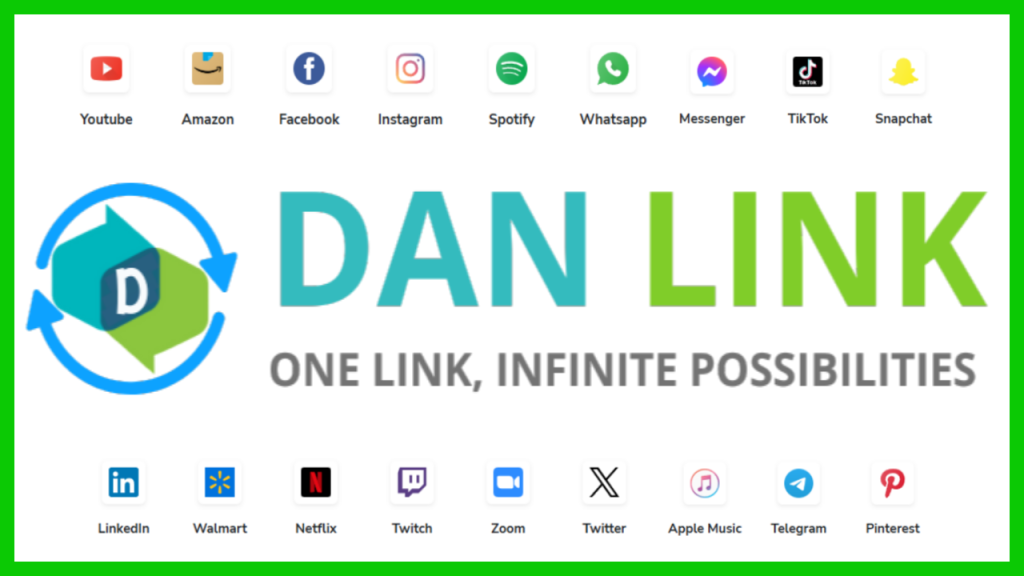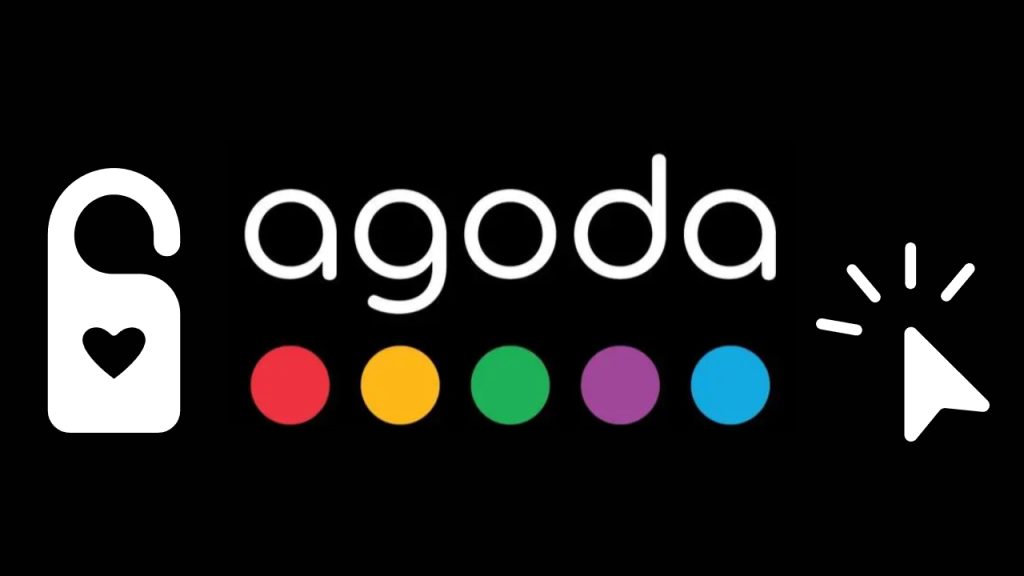Have you ever tried to express your deepest emotions, only to find that your words come out more tangled than a pair of earbuds left in your pocket? If so, it’s time to grab your favorite pen (or keyboard) and discover the wondrous world of healing writing. This underestimated form of self-expression is like having a heart-to-heart with a therapist who won’t charge by the hour. So, whether you’re a wordsmith or someone who can barely scribble “groceries” on a sticky note, healing writing might just be your new best friend. So, let’s uncap our pens, unleash our inner Shakespeare, and dive into the world of healing writing.

Unlocking the Mystery of Healing Writing
Have you ever wondered if writing can do more than just capture fleeting groceries lists and Instagram captions? Welcome to the enigmatic realm of healing writing, where the simple act of jotting down your thoughts transforms into a magical therapy session between you and your paper. Healing writing is not about crafting the next Pulitzer-winning novel; it’s about using words to process emotions, clarify thoughts, and, ultimately, heal oneself. It’s like having a therapy session that doesn’t ask, “And how does that make you feel?” 72 times.
The real magic behind healing writing lies in its simplicity. It doesn’t require a fancy setup or a dramatic setting (although a moody café with over-priced lattes might provide some inspiration). All you need is a pen, some paper, or a willing device, and an open mind ready to spill the beans. It’s a bit like talking to a friend who won’t interrupt with unsolicited advice or a smartphone notification. Just you, your thoughts, and an empty page ready to listen.
Furthermore, healing writing offers the chance to unlock parts of yourself that you may not even know exist. It’s like a treasure hunt for the mind, where each sentence penned is a clue to understanding your deepest feelings and desires. Whether you’re battling stress, grief, or an existential crisis brought on by accidentally sending a text meant for your best friend to your boss, healing writing provides a safe space to explore and cope.
Why Your Pen Might Be a Secret Therapist
Forget the couch; your pen might just be the most insightful therapist you have ever met. Healing writing provides a unique opportunity to converse with oneself without judgment or interruption, offering an unparalleled sense of freedom and introspection. The pen is like a magical tool that translates your chaotic thoughts into structured, coherent narratives. It’s like Marie Kondo for your mental clutter—sparking joy with every word written.
One of the most beautiful aspects of healing writing is its ability to be both a ventriloquist for your inner dialogue and a mirror reflecting your emotions. Writing can help you articulate feelings that are often too complex to speak aloud. Whether it’s the simmering frustration at your neighbor’s penchant for late-night trombone practice or the subtle joy of a morning coffee ritual, writing allows you to process these emotions at your own pace, without a timer ticking away like in a therapy session.
Moreover, the act of writing can serve as a cathartic release, providing a sense of relief similar to the feeling of unbuttoning your jeans after Thanksgiving dinner. The process of pouring your heart onto paper can lighten emotional burdens and provide clarity, helping you navigate life’s challenges with a clearer mind. As an added bonus, a journal never asks, “So, are you seeing anyone?” at family gatherings.
The Surprising Perks of Doodling Your Feelings
Who knew that doodling alongside your writing could unlock a treasure chest of benefits? While your elementary school teacher might have frowned upon drawing little hearts and stars on your math workbook, current research suggests that doodling is a surprisingly effective tool in the healing writing arsenal. It turns out that those quirky little drawings can provide deep insight into your subconscious mind, unlocking emotions and sparking inspiration.
Doodling is like adding a splash of color to the canvas of your emotions, transforming a monochrome narrative into a vibrant masterpiece. Not only does it make your journal look like a modern art exhibit, but it also engages different parts of your brain, tapping into creativity that words alone might not reach. Plus, it’s a great way to take a break from writing while still keeping your pen moving—like stretching your legs on a literary road trip.
Moreover, doodling can help reduce stress and anxiety, much like petting a cat or watching a video of a dog joyfully discovering snow for the first time. The simple act of drawing can provide a mindful distraction, calming your nervous system and fostering a sense of relaxation. So, next time your emotions feel overwhelming, grab some colored pens and doodle your way to serenity. Who knows, you might just uncover the next great masterpiece hidden within your scribbles.
Tips to Avoid Writing Yourself into a Corner
Healing writing is a wonderful endeavor, but even seasoned scribblers can find themselves stuck in a narrative cul-de-sac. Fear not, for there are plenty of ways to avoid writing yourself into a corner! First, forget about perfection. The goal is to express, not impress. Your journal isn’t judging you—it’s more forgiving than that potted plant you forgot to water.
One highly effective trick is to employ writing prompts. Think of them as little breadcrumbs leading you out of the forest of writer’s block. Prompts can spark ideas, challenge your perspective, and offer new directions for your thoughts. Whether it’s a question like, “What would your life look like if you were a superhero?” or as simple as, “Write about your happiest memory,” prompts can reignite your creative engine.
Lastly, give yourself permission to take breaks. It’s easy to get caught up in the flow of writing, but stepping away from the page can provide valuable distance and clarity. Go for a walk, make a cup of tea, or engage in some of that aforementioned doodling. When you return, you might just find that the corner you were stuck in has transformed into an open avenue of possibilities, ready for exploration.
So there you have it, folks—healing writing is the unsung hero of self-care. Whether you’re battling stress, seeking clarity, or simply looking for a creative outlet, the power of your words awaits. Embrace the journey, let your pen be your guide, and remember that it’s okay if your writing isn’t perfect. After all, healing writing is less about the destination and more about the journey of self-discovery and expression. Now, go forth, write like no one’s reading (because probably no one is), and unleash the therapeutic powers of your inner scribe.













